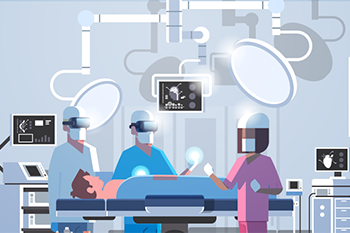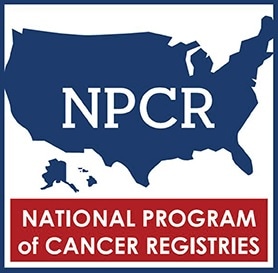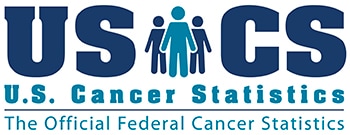How Cancer Registries Work
Cancer registries provide the data-driven foundation for cancer control efforts in the United States. Find out what they are, how they work, and who can use the data they provide in this video.
Have you ever wondered, “What types of cancer are increasing or decreasing?”
Or maybe, “Who is most likely to get a certain type of cancer? And does it change because of a person’s age, race, or where they live?”
What Is a Cancer Registry?
A cancer registry collects and combines detailed information about cancer patients and the initial treatments they receive to answer questions like—
- Is there a certain area of a state where women are finding out they have breast cancer at a late stage, when it’s harder to treat?
- Where will prevention efforts, like screening, have the biggest benefit?
- What groups of people are most likely to get a certain type of cancer, like liver or skin cancer?
Cancer registries analyze the data collected and share the answers to these questions with other groups, like state comprehensive cancer control coalitions, which work to prevent cancer. These groups may find that some people aren’t getting cancer screening tests, or they’re making choices that raise their chance of getting cancer. The data may also show that certain groups of people are getting cancer more than others.
Cancer control groups and advocates work to address the problems identified. Then they look to cancer registries for new information to help them know if their solutions are working.
Jennifer’s Story
To explain how cancer registries work, we’ll use a simple example.
Jennifer, a 55-year-old teacher, gets a routine mammogram. The mammogram shows she has a tumor about the size of a large pea in her left breast. Jennifer gets surgery at a hospital to remove the tumor, and afterward she gets chemotherapy treatments to make sure the cancer is all gone.
Before the surgery, Jennifer gave the hospital some information about herself, including her age, race, ethnicity, and the name of her health insurance company. Jennifer’s doctors wrote down information about the tumor, like where it was located and how big it was, and what they did to treat it.
The hospital has its own cancer registry. A specially trained person called a cancer registrar looks at Jennifer’s medical record and puts the information about her, her cancer, and her treatment into a computer system using special codes. The cancer registrar also makes sure no important information is missing. If it is, he or she asks Jennifer’s doctors or other hospital staff for the information. The hospital registry sends this information to the central cancer registry in its state.
The state central cancer registry does its best to get information about every cancer case in the state. It reviews the information to make sure it’s right and that no information is missing.
Once a year, most state central cancer registries send information to CDC’s National Program of Cancer Registries (NPCR). They don’t send any information that could identify a specific patient, like his or her name, street address, or Social Security number. The NPCR checks the information again and combines it with information from the National Cancer Institute’s Surveillance, Epidemiology, and End Results (SEER) Program and CDC’s National Center for Health Statistics National Vital Statistics System. The information is updated every year as United States Cancer Statistics (USCS).

Jennifer gets a routine mammogram at her doctor’s office.

A laboratory finds that she has a tumor about the size of a large pea in her left breast.

Jennifer goes to the hospital to have surgery. She gives the hospital some information about herself. Later, she gets chemotherapy to make sure the cancer is gone.

At the hospital’s cancer registry, a specially trained person called a cancer registrar enters information about the cancer and treatment from Jennifer’s medical record into a computer. The hospital registry sends this information to the central cancer registry in its state.

The state central cancer registry works hard to get information about all reportable cancer cases in the state. It reviews and combines the information to make sure it’s complete.

Once a year, state central cancer registries send information on cancers diagnosed in the state to CDC.

The cancer information is reviewed and added to the United States Cancer Statistics database.
Members of the general public, government planners, public health workers, and cancer groups can use the USCS Data Visualizations tool to find the most current information on cancer. Researchers can work with the information in the USCS Public Use Database.